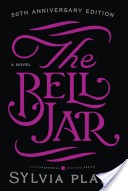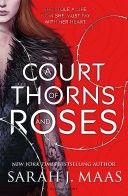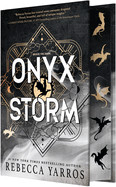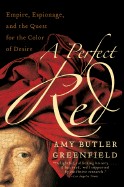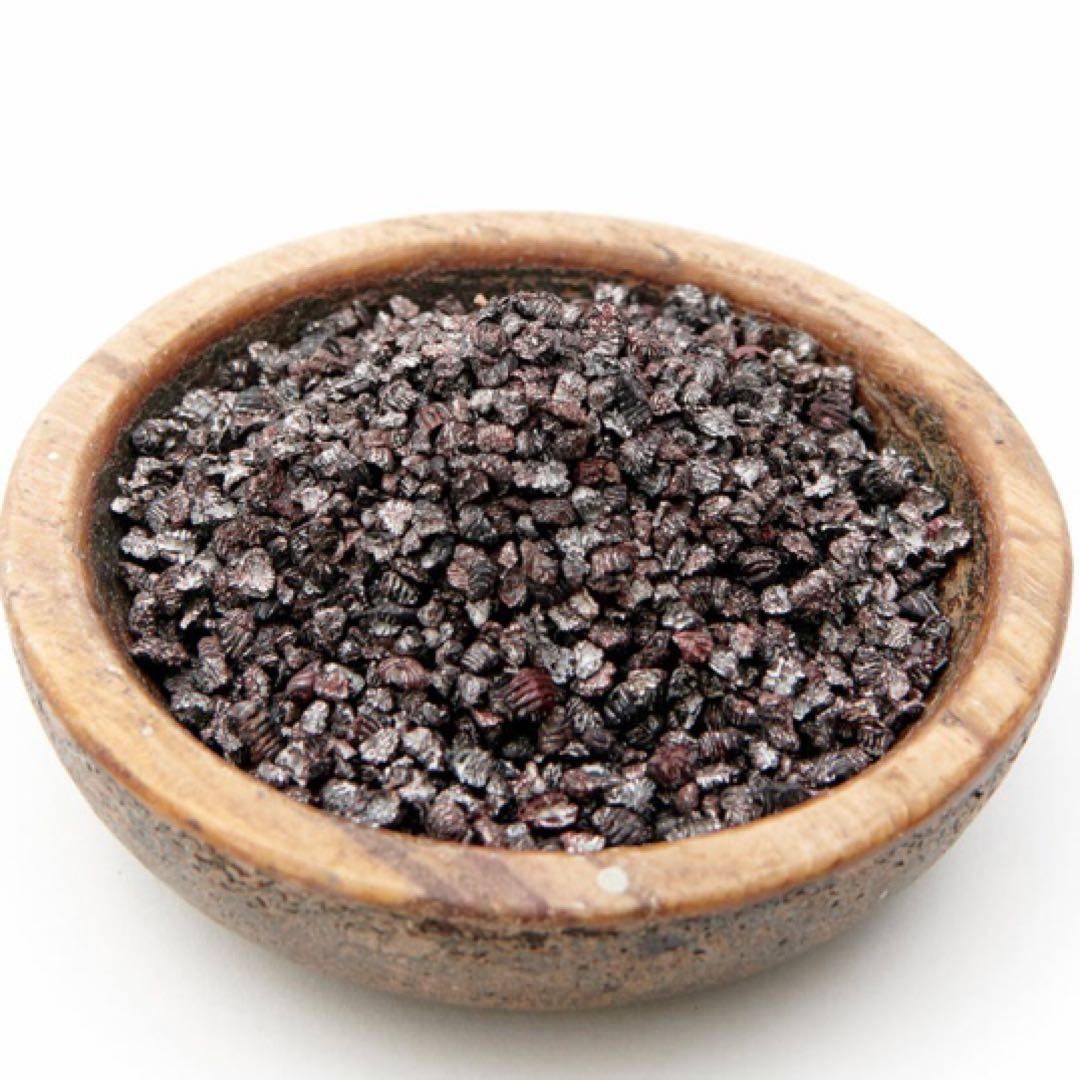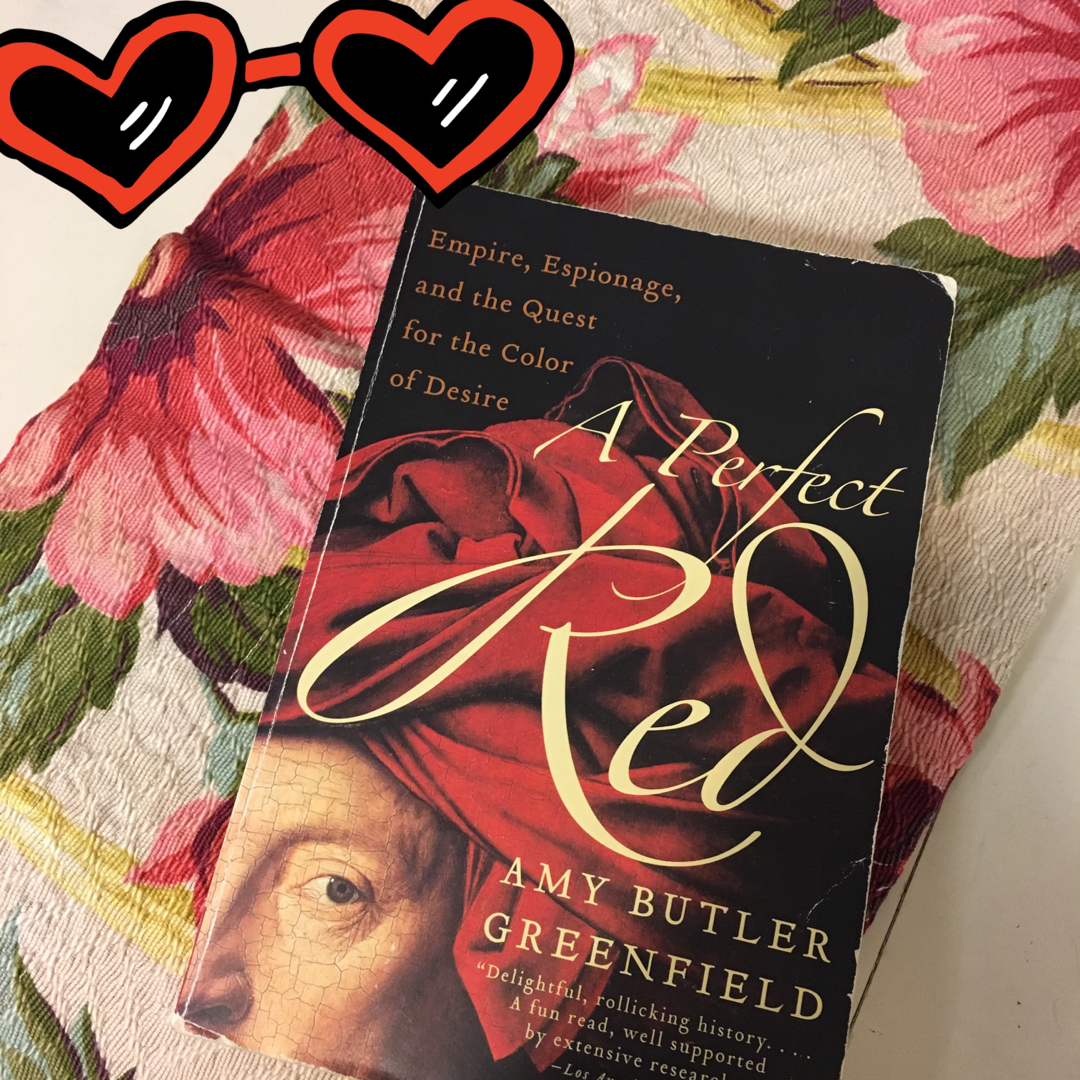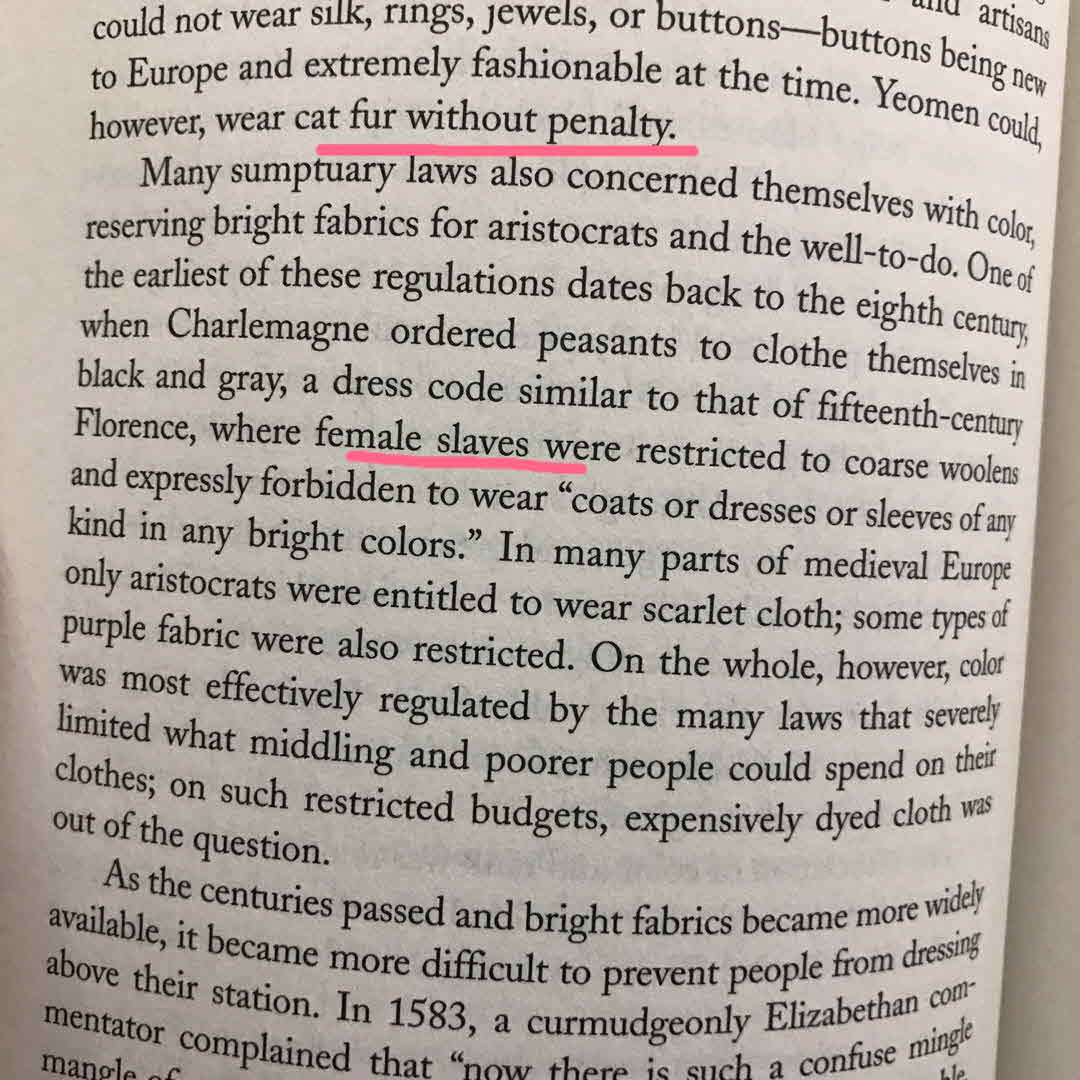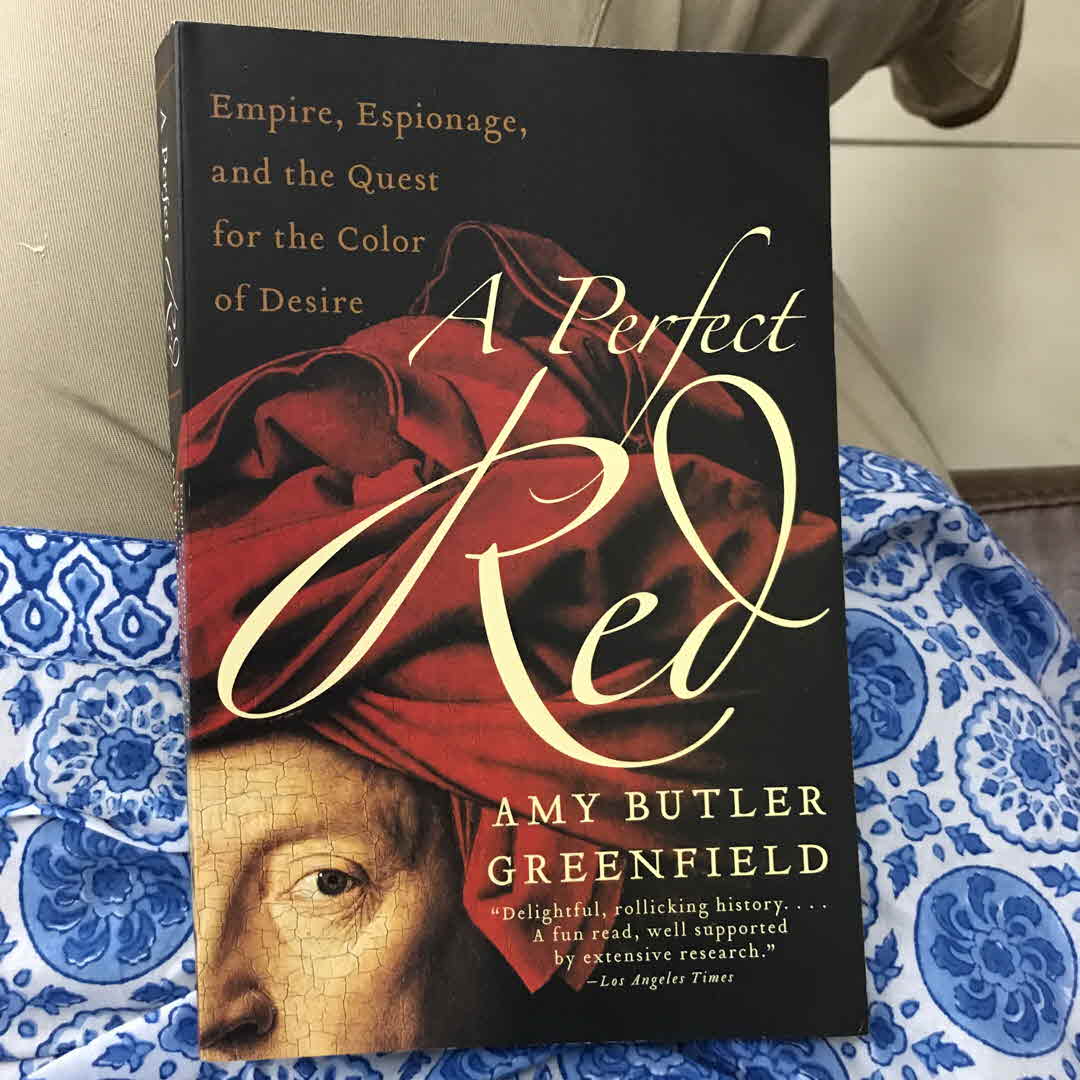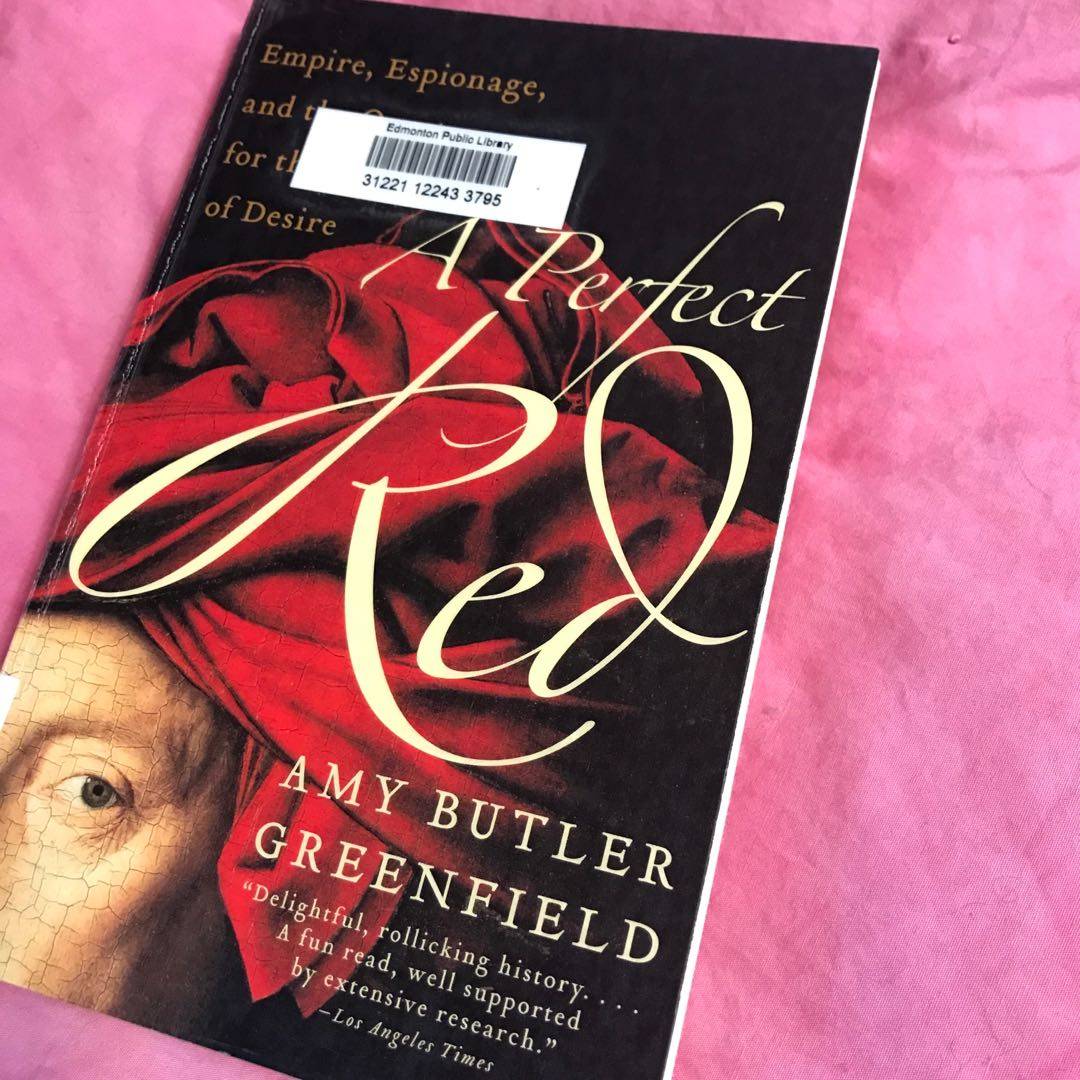
Aztecs! Pirates! Espionage! Science! (animal, vegetable or wormberry?) Colour from coal! Health scares! Global trade! I‘ve been reading a lot of fiction lately for my #ShadowGiller2022 project. I needed a change & it felt so good to sink into this well-researched microhistory of the red dye obtained from the cochineal insect. It‘s entirely fascinating.







